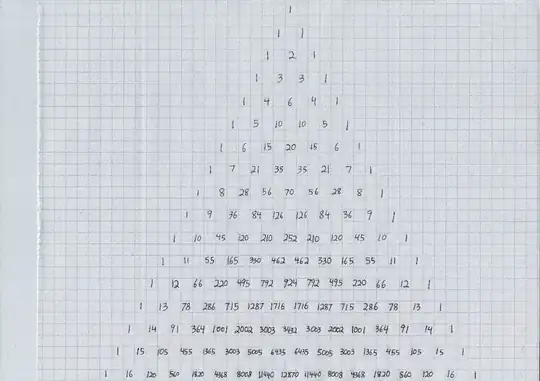For an exercise in my math class we are calculating the cost of the 12 days of christmas.
Let's define a set $c$ to be the price of each item in the popular "12 days of christmas" song, from a partridge in a pear tree all the way up to the drummers drumming.
From there I have figured out the formula for the total cost is this:
$$\sum_{n=1}^{12}c_n(n (13-n))$$
And this works. But, it isn't exactly something that you can calculate easily on paper. Is there a way to calculate this cost without having to manually calculate each one and then add it up, perhaps even a way to do it in your head?
EDIT: For those not familiar with the song, here is the lyrics, and the list of items is as follows:
1 Partridge in a pear tree
2 Turtle Doves
3 French Hens
4 Calling Birds
5 Gold Rings
6 Geese a-Laying
7 Swans a-Swimming
8 Maids a-Milking
9 Ladies Dancing
10 Lords a-Leaping
11 Pipers Piping
12 Drummers Drumming
